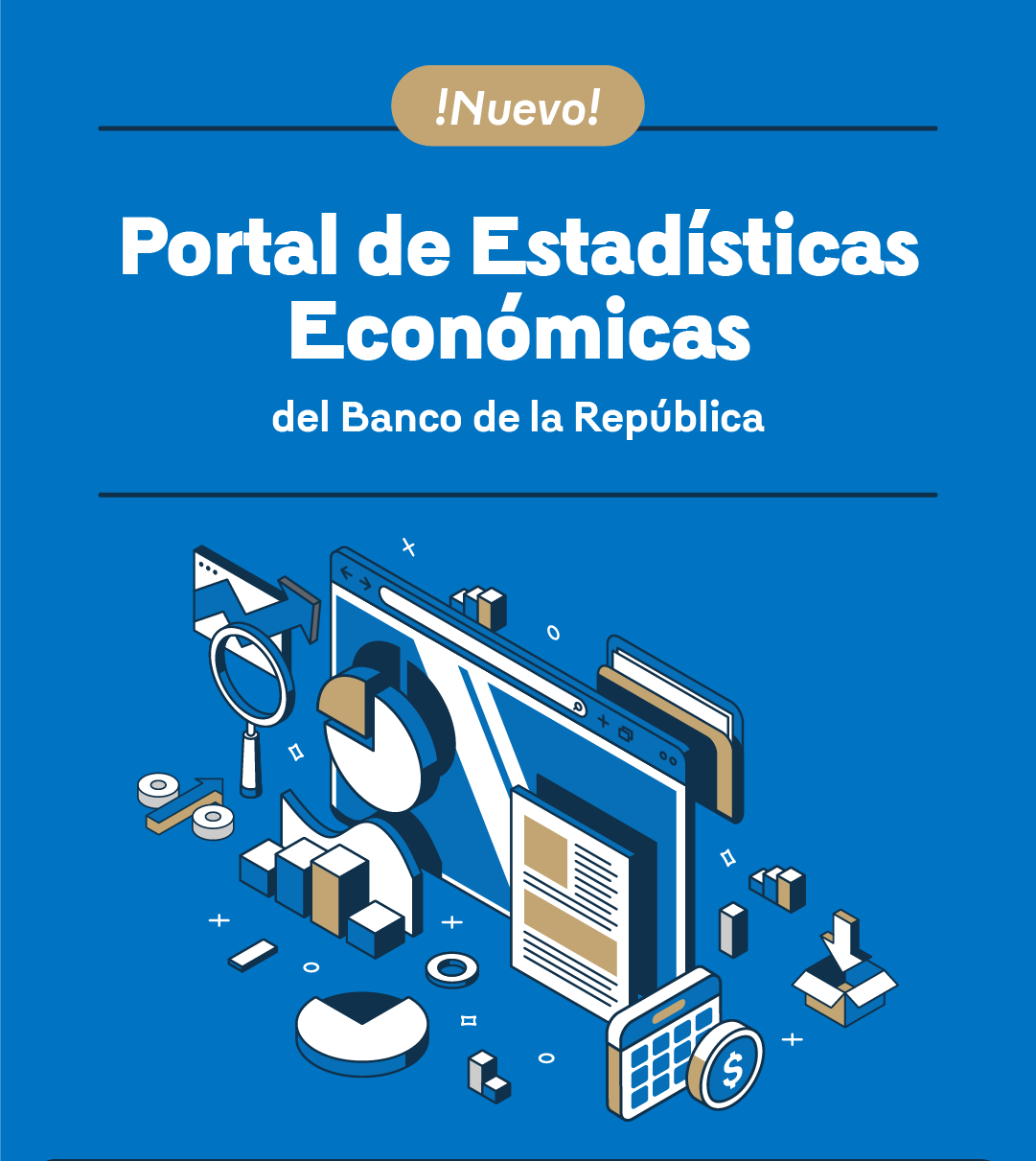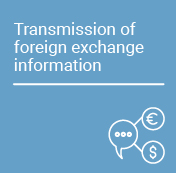Essays on Economic Policy (ESPE in Spanish) - A Proposal on Macro-Prudential Regulation
In the journal Essays on Economic Policy (ESPE) - we disclose the results and policy proposals that arise from academic research carried out at the Banco de la República. When you read us, always keep in mind that the content of our articles, as well as the analyzes and conclusions derived from them, are the sole responsibility of their authors. The material disclosed in our ESPE magazine does not compromise or represent the opinion of Banco de la República or that of its Board of Directors.
Abstract
This paper assesses the choice of different regulatory policy instruments for crisis management and prevention. To this end a two-period, rational expectations, monetary general equilibrium model with commercial banks, collateral, securitization and default is contructed in order to explain the 2007-2009 U.S. financial crisis. The equilibrium outcome is characterized by a contagion phenomenon that commences with increased default in the mortgage sector, and then spreads to the rest of the nominal sector of the economy. The resuslts show that in times of financial distress accommodative monetary policy mitigates housing crises, but it achieves only a partial improvement on financial stability. Regulatory measures are the primary tools to achieve financial stability; capital requirements reduce leverage in the banking sector, and induce banks to internalize (default) losses without taking a toll on the taxpayer; margin requirements prevent excess leverage in the housing and derivatives markets, thus containing the adverse effects of the housing crisis; and, liquidity requirements reduce banks´ exposure to risky assets, thereby promoting lending in times of financial distress and stemming house price deflation.

































































